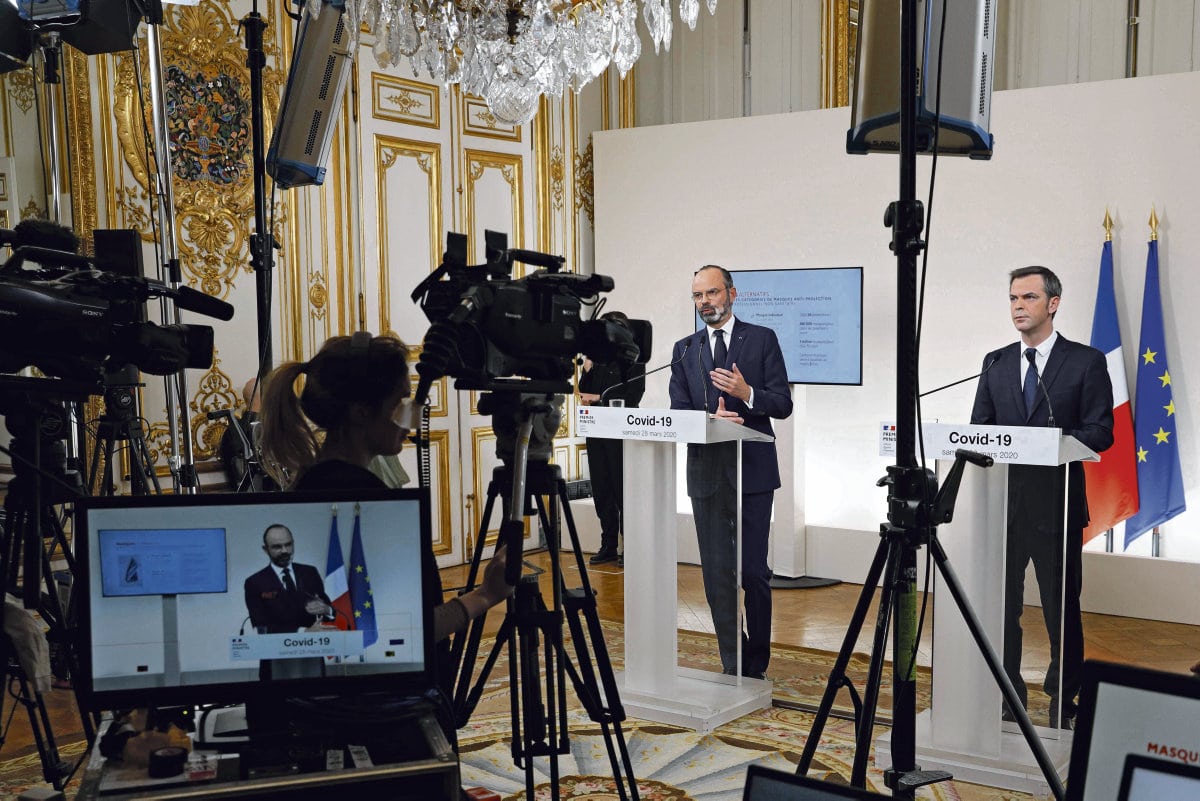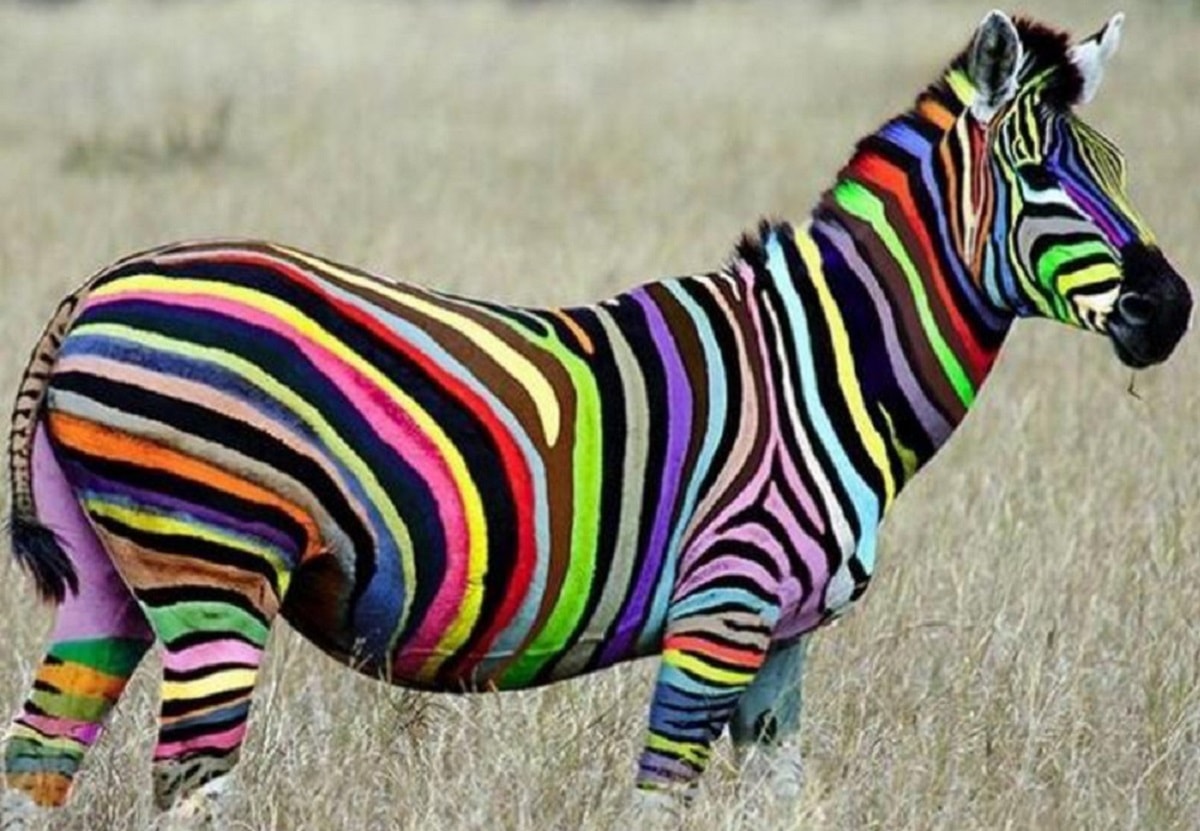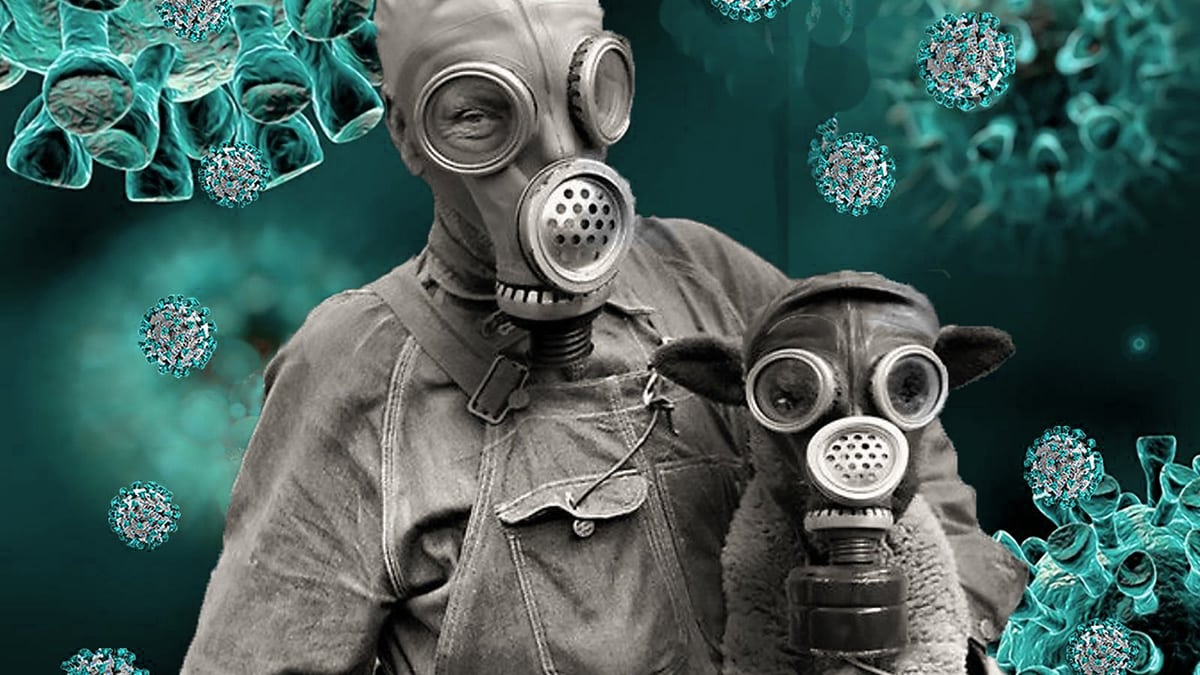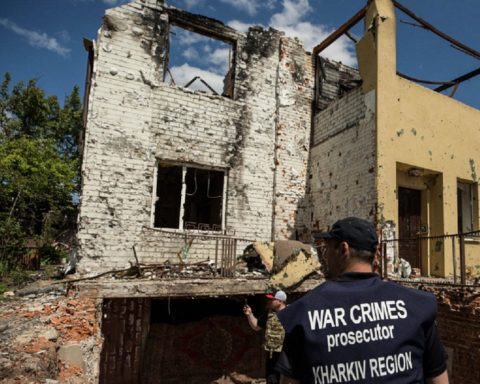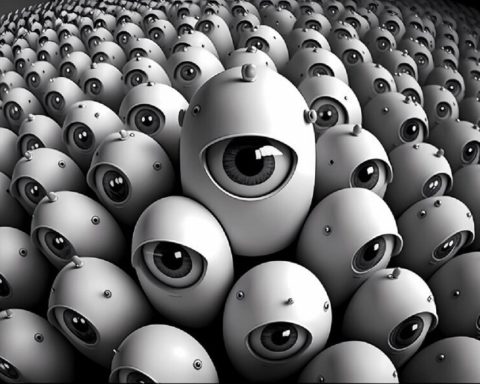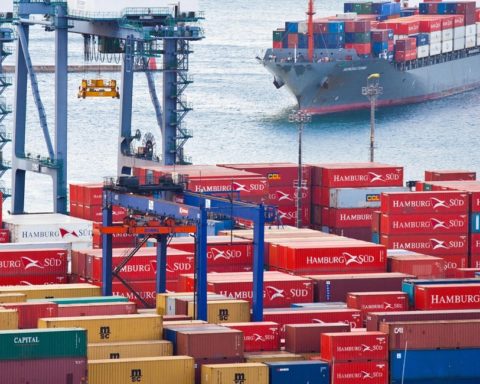"Tonight, I share with you what we know and what we don't know." (Emmanuel Macron, address to the French, 13 April 2020). Here is a President of the Republic openly claiming his ignorance while experts publicly acknowledge that Covid-19 is far from having revealed all its secrets. Yes - times change. Usually, those who govern us try to reassure us by saying that they consult the experts, that they follow their advice and that the situation is under control. But we have to admit that in recent years this position has become increasingly difficult to maintain. Unconditional trust in science, which used to justify decisions, has been blunted. It is gradually giving way to doubt, even suspicion and in some cases disbelief.
The multiplication of controversies in which researchers are harshly confronted, do not hesitate to denigrate their colleagues, as was the case, for example, with the dangers of asbestoshas contributed to this loss of confidence. These clashes have also led to the understanding that, without controversy, scientific knowledge would not progress.... In science, it is always appropriate to begin with doubt, then ruthlessly confront and discuss the assumptions and results obtained, in order to have any chance of reaching a consensus. At the end of this tortuous path, to have the right to say: "It is certain that global warming is an irreversible phenomenon"; then to add without fear of denial "that most of the warming is due to human activities".
Ordinary citizens have also learned, often at the expense of their healththat ignorance could in some cases be deliberately maintained. Stubborn historians and scrupulous journalists have shown that for a long time, large tobacco producers funded researchers who were more interested in money than in the truth, in order to cast doubt on the increasingly robust studies that established the harmfulness of tobacco. As in criminal investigations, we should not hesitate to ask ourselves, in the face of ignorance that is maintained at great cost in dollars, euros or yuans, who benefits from it?
Scientists today are assuming their ignorance by prime time
Ignorance, the ignorance declared and assumed during the Covid-19 pandemic by both decision-makers and experts, is not of the same nature.
When Jean-François Delfraissy, the chairman of the scientific committee advising the government, states The same is true of the statements: "It is not understood why children are more resistant to infection" or "It is not explained why some infected and cured carriers are likely to re-contract the disease", nobody disputes such statements of ignorance.
Listening to this great expert, those who know the closed world of research from the inside may have had the impression that, at prime time, scientists were inviting the general public to one of their meetings. At one of these discussions, usually held in the confined space of the labs, where researchers collectively develop their research projects for the coming months or years. Their agenda is to define the questions they wish to answer, to draw up an inventory of the state of international knowledge and of the gaps in it, stressing what they would like to know first, and then, on this basis, to justify the resources requested. And all this without any obligation of results!
If, as they debate these issues behind closed doors, outsiders were to enter these learned cenacles, they would be horrified to discover a chaotic world riddled with uncertainty. These meetings, where projects are envisaged without a clearly fixed goal and without being certain of having chosen the right path, are indispensable moments for researchers when they decide to investigate what they do not yet know but which they would, for a thousand good reasons, absolutely like to understand. Closed-door meetings allow them to work quietly, to take their time, to repeat their experiments as often as necessary. This isolation, a guarantee of serenity, has begun to give way in recent decades. Patients' associations, such as those bringing together myopaths or people suffering from HIV, or associations bringing together local residents who suffer from toxic discharges from chemical plants, have contributed to what can be called the gradual de-confinement of research, in other words its opening up to human and social dimensions. The blows dealt by Covid-19 amplify this movement.
Researchers' "outside the walls" excursions changed in nature with Covid-19
Of course, such incursions into the public space are nothing unusual or really new. Whether we are television viewers, radio listeners or readers of newspapers and magazines, we are accustomed to seeing scientists with prestigious titles following one another on television sets and reading the tributes they sign. From Pastor and the dramatic suspense he orchestrates in Pouilly-le-FortThe public has become accustomed to hearing scientists announce resounding discoveries. But it is a rarer phenomenon for them to confess their ignorance. Especially when these specialists are on the front line, answering loud and clear to the crucial questions they are asked.they don't knowThis is simply exceptional - except when humility helps them to raise money or support (Telethon, Sidaction).
The current (partial) de-confinement of specialists confirms the emergence of a new way of conceiving research on subjects for which existing practices show their limits. The laboratory has become too isolated and too cut off from all those who could actively participate in the work of researchers. The field investigations widely practised in certain disciplines, such as the earth sciences and their geological explorations or agronomy and its experimental farmss, in fact, only extend the laboratory work by installing it outdoors and on a larger scale. This extension is sometimes achieved by recruiting collaborators, research assistants who are not professionals but rather enlightened amateurs and who take part, for example, in counting wild birds or making astronomical observations.
As for the epidemiological studies or to clinical testingAlthough they do include large populations, so-called cohorts, they soon lock them into rigorous protocols that make them research objects like any other. What characterises all these forms of research organisation, which are proving their effectiveness on a daily basis, is that they are conditioned by the passivity of patients in the case of clinical trials or the strict supervision of lay people outside the world of science in the case of so-called participatory research.
Covid-19, through the problems and questions it raises, shows the limits of the forms of research organisation in which scientists are the sole and indisputable masters of the game. Usually it is the researchers, in fact, who strictly determine the protocols to be followed and the experimental modalities; usually it is they who neutralise, as far as possible, anything likely to interfere with and bias their work; usually it is they who take stock of what is known and what is not known, without inviting laymen to share their thoughts. This requirement, to which we owe irreplaceable contributions, is at its apex with the so-called "essays". "double-blind". Their principle is that no one should know in which group this or that patient is included. In this model, the light should not be shared: it is necessary to blind in order to know better. There is no question of abandoning this strategy, because it has shown and continues to show its effectiveness. But it is clearly no longer enough. It needs to be enriched and supplemented. To participate without saying a word is not really to participate.
"We don't know and, to find out, we need your active cooperation"
In the context of the Covid-19 outbreak, following the government's decision to move out of de-confinementGeneral frameworks were provided with the barrier gestures to be respected. But how to proceed, very concretely, in a high school of 2000 pupils, in a crèche of 40 children at the most 3 years old and placed in a space of 100 m2on a construction site, in a restaurant, in an Ehpad? How to ensure in all these cases the conditions minimizing the risks of contamination? By saying that we don't really know how to proceed, we are for once giving the people concerned a free hand: we are encouraging them to propose viable solutions and to collectively imagine suitable measures. Of course, it is ignorance that favours this delegation, which nevertheless remains limited. Ignorance, however, makes it possible to redefine roles and a new form of contract between science and society, between researchers and laymen.
One might be tempted to compare this state of mobilization to what happens during periods of armed conflict, when the power rediscovers that an active population is more efficient than a passive one. That would be wrong. The watchword is not: "Resist the enemy", "Support the soldiers who die at the front! ", "Make shells and gunpowder," "Take care of the wounded." No, the watchword is, as the note English colleagues: "Flatten the curve! Smooth the contamination peaks! »
For the first time in history, the objective assigned to the collective of researchers and the population is a mathematical operation. The aim is to transform the sharp curve of Covid-19 cases, whose sharp peak could lead to tens of thousands of additional deaths and the saturation of our hospital system, into a less steep curve. We are asked to imagine the right behaviours to avoid the concentration of contamination in time and space. The objective is to act so that the mathematicians who follow the spread of the virus thanks to their models can tell us all: "Thank you, dear colleagues, thanks to all of you we know more. You have done the right thing to enrich the models that serve as our collective compass, you have found in yourselves, and for the good of all, the resources to create an environment that is once again liveable. »
This opening up of research through a redistribution of roles, albeit a slight one, nevertheless allows us to better understand how the mathematical models of the epidemic work. Those who design them come out of their labs to explain how the pandemic is spreading or, on the contrary, slowing down. Lethality rate, number of people likely to be contaminated by a contagious person, co-morbidity rate: the modellers explain, with the help of diagrams and animations, on what basis their predictive analyses are based. Some sites even make it possible to assess the impact of behaviour on the smoothing of the curve, the way in which the percentage of contaminated people in the population is estimated. One day, it may be possible to simulate live, as on the Telethon counters measuring the generosity of the French, the quantified effects of the choice of materials used to make alternative masks!
Do these interventions amount to simple extension operations aimed at making civil society understand what is happening? They are not. Firstly, because the scientific explanations provided are aimed directly at those who are asked to imagine appropriate behaviour. It is not the same thing to try to convince someone that the earth is round or to reveal to them the reasons why it is necessary to act in such and such a way in order to avoid a contamination peak. In one case one educates, in the other one seeks a collaboration that leaves open both the interpretation of the proposed rules of distancing and the choices that remain to be made. Secondly, because without the intervention of citizens, the modellers would have no chance of feeding the models with data and validating, invalidating or modifying the projections they make at a given time.
This is not exactly the first timeAlthough it is still very rare, modelers are taking the lead in exposing some of the elements of their algorithms. The climate change crisis has led to a proliferation of models, curves and policy variables that are now readily available and which experts say are robust and undeniably useful. And it is only very recently, during the organization of the climate conference, that ordinary citizens were invited to participate in the discussion of some of their hypotheses. without being able to assess the effects of their recommendations..
This way of collectively practising research is still in its infancy and remains superficial. It also poses many problems that should be addressed as they arise, before they become too difficult to solve. Some of them are well known. They relate to the autonomy of individuals and the privacy controls and surveillance made possible by the big data. Others, more specific, linked for example to the place of health concerns or the coordination of different ways of carrying out research, can only be glimpsed. But now is a good time to get down to work. Is it not one of the virtues of crises to suggest new ways of living together?
Michel CallonProfessor of sociology, Mines ParisTech and Pierre LascoumesEmeritus Research Director at the CNRS, Sciences Po - USPC
This article is republished from The Conversation editorial partner of UP' Magazine. Read theoriginal paper.
![]()

